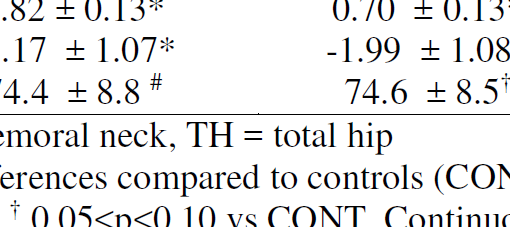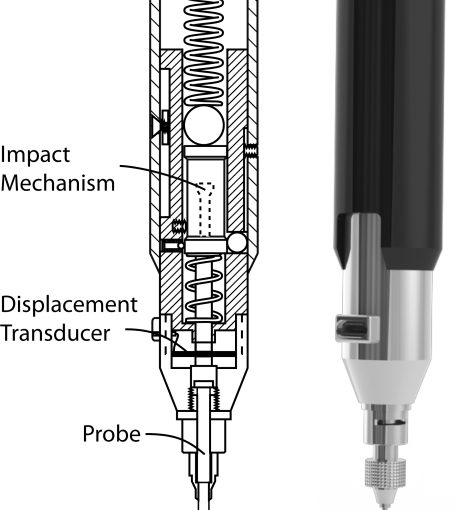Abstract
Gaucher disease (GD), one of the most common lysosomal disorders (a global population incidence of 1:50,000), is characterized by beta-glucocerebrosidase deficiency. Some studies have demonstrated bone infiltration in up to 80% of patients, even if asymptomatic. Bone disorder remains the main cause of morbidity in these patients, along with osteoporosis, avascular necrosis, and bone infarcts. Enzyme replacement therapy (ERT) has been shown to improve these symptoms. This cross-sectional study included patients with type 1 Gaucher disease (GD1) selected from the Catalan Study Group on GD. Clinical data were collected and a general laboratory workup was performed. Bone mineral density (BMD) was measured at the lumbar spine and hip using dual-energy X-ray absorptiometry (DXA). Patients with bone infarcts or any other focal lesion in the area of indentation visible on imaging were excluded. Bone Material Strength index (BMSi) was measured by bone impact microindentation using an Osteoprobe instrument. Analysis of covariance (ANCOVA) models were fitted to adjust for age, sex, weight, and height. Sixteen patients with GD1 and 29 age- and sex-matched controls were included. GD1 was associated with significantly lower BMSi (adjusted beta -9.30; 95% CI, -15.18 to -3.42; p = 0.004) and reduced lumbar BMD (adjusted beta -0.14; 95% CI, -0.22 to -0.06; p = 0.002) and total hip BMD (adjusted beta -0.09; 95% CI, -0.15 to -0.03; p = 0.006), compared to GD1-free controls. Chitotriosidase levels were negatively correlated with BMSi (linear R2 = 51.6%, p = 0.004). Bone tissue mechanical characteristics were deteriorated in patients with GD1. BMSi was correlated with chitotriosidase, the marker of GD activity. Bone disorder requires special consideration in this group of patients, and microindentation could be an appropriate tool for assessing and managing their bone health.
https://www.ncbi.nlm.nih.gov/pubmed/28263001
J Bone Miner Res. 2017 Jul;32(7):1575-1581. doi: 10.1002/jbmr.3121. Epub 2017 May 11.




